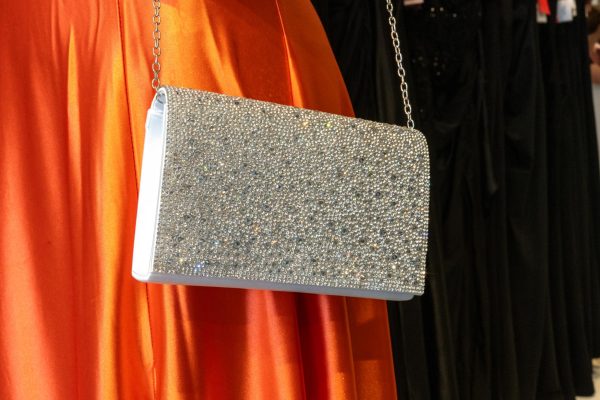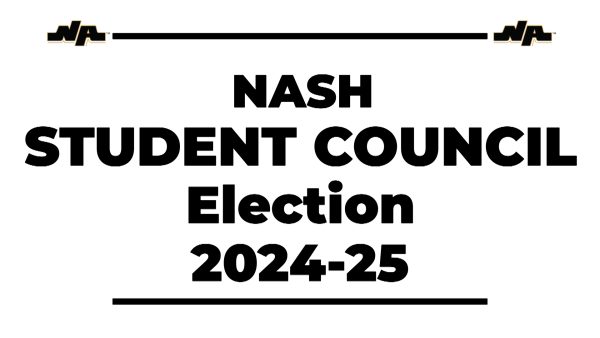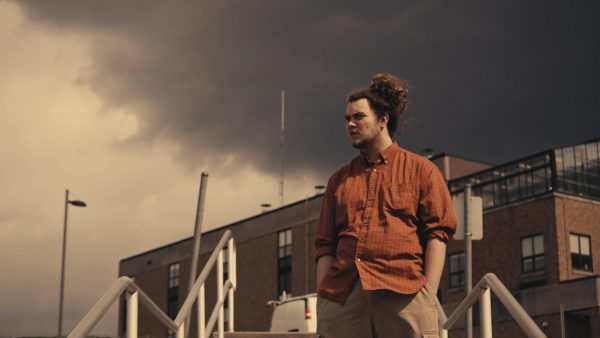Opinion: Gentrification in Pittsburgh
Urban housing is a complicated issue, but when new projects erase history, they must be questioned.
The Lawrenceville neighborhood in Pittsburgh is among the city’s most gentrified.
March 1, 2022
Gentrification is the process of a poor urban area being changed by wealthier people moving in, improving housing, and attracting new businesses, usually displacing current poor inhabitants in the process. This term is gaining more and more traction, both because of increased awareness of certain social issues that surround it and the fact that it is getting worse.
Gentrification has arguably existed for as long as home ownership has existed, with a form of it being recorded in ancient Rome.
Although it appears positive on paper, the fine lining in America’s history entails a different story. In many locations, such as Pittsburgh, banks refused to loan money to Black families and sometimes poor white families. The very same banks would encourage middle and upper class white families to buy houses away from communities where the poor lived. This process was called redlining and in many ways it kick started the gentrification we see in Pittsburgh today.
Though redlining has ended, its wounds are still visible, and new issues are widening these scars.
Some of Pittsburgh’s most famous neighborhoods were and are being gentrified. Pittsburgh’s Hill District was once a thriving Black majority community in the center of Pittsburgh. However, during the 1950s something changed. Local officials in Pittsburgh eyed this community hungrily. Much of the district was designated for “urban renewal,” which entailed the displacing of 8,000 residents and the tearing down of roughly 400 businesses. Much of this land became parts of the University of Pittsburgh, expensive apartments, and the Civic Arena with its vast fields of parking spaces. Where the Robinson Court Public Housing once was now stand athletic fields. According to one former resident by the name Redwood, “The people up in Robinson Court, I can still feel them.”
However, according to some, gentrification is not always bad. A famous example of this is Polish Hill. During the 1950s, about 5,000 people lived in the neighborhood. By 2000, it had shrunk to about 1,500 residents. The cost of living there grew drastically as well, with houses regularly being sold for over $100,000, despite costing thousands less just a few years earlier. Nonetheless, many argue that this gentrification was not forced; rather, it was gradual and normal for such a scenic community. Many long-time residents are adamant that these changes have been beneficial to both the new and old residents. It should also be noted that very few of the people who left the community over the years were forced out due to the cost of living.. The neighborhood also has plans to prevent this population loss from going any further with the construction of new affordable housing.
Good or bad, Pittsburgh is one of the most gentrified cities in America. The eighth most in all fifty states, in fact, with 20 percent of its census tract going through gentrification between 2000-2013, compared to nine percent as the average. In many downtown areas of Pittsburgh, housing prices have tripled in just 13 years. Ernie Hogan, one of the major players in the Pittsburgh Community Redevelopment Group, took a special interest in the St. Clair neighborhood. Developments over the last few years razed many cheap and public housing options along with service jobs, demonstrating that even the wealthy residents are being harmed.
The Pittsburgh Neighborhood project took a look at lower income neighborhoods from 2000 and assessed whether they had changed as of the 2015-2019 American Community Survey. They also elected to look at education and ethnic makeup in this project. As is the case in many places, the group that was most affected was poor Black residents.
Pittsburgh has had an incredibly rich history, and whether residents believe that gentrification is generally good or bad, erasing such history is a tragedy.
_____________________________________________________________________________________
Editors’ note: All opinions expressed on The Uproar are a reflection solely of the beliefs of the bylined author and not the journalism program at NASH. We continue to welcome school-appropriate comments and guest articles.














